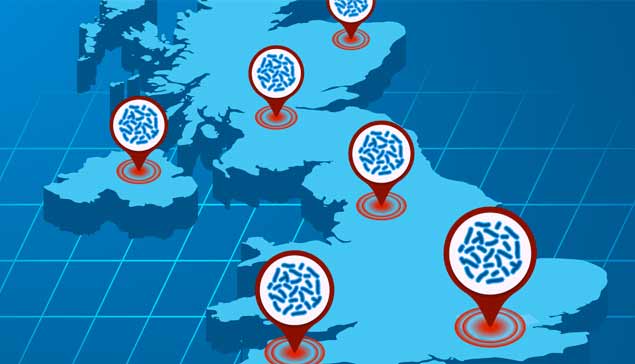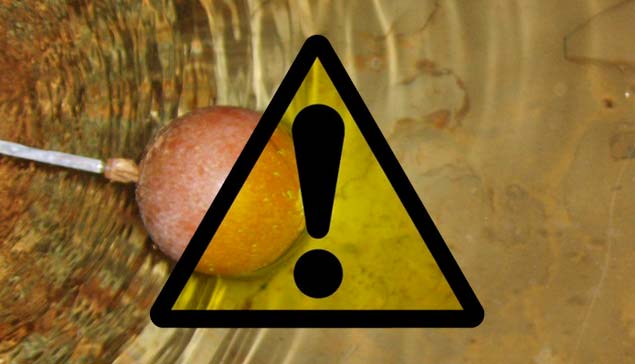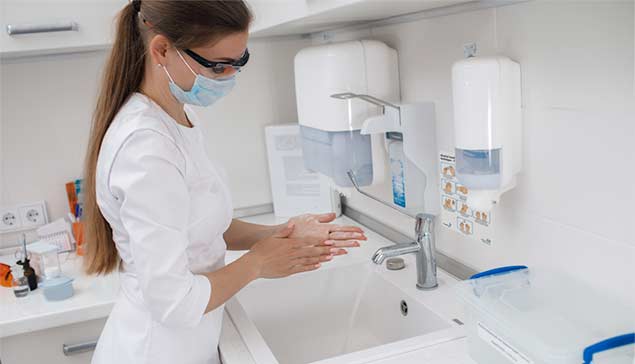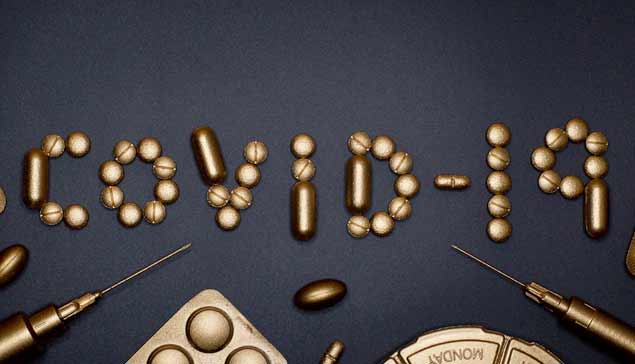ASSOC. COMPANY
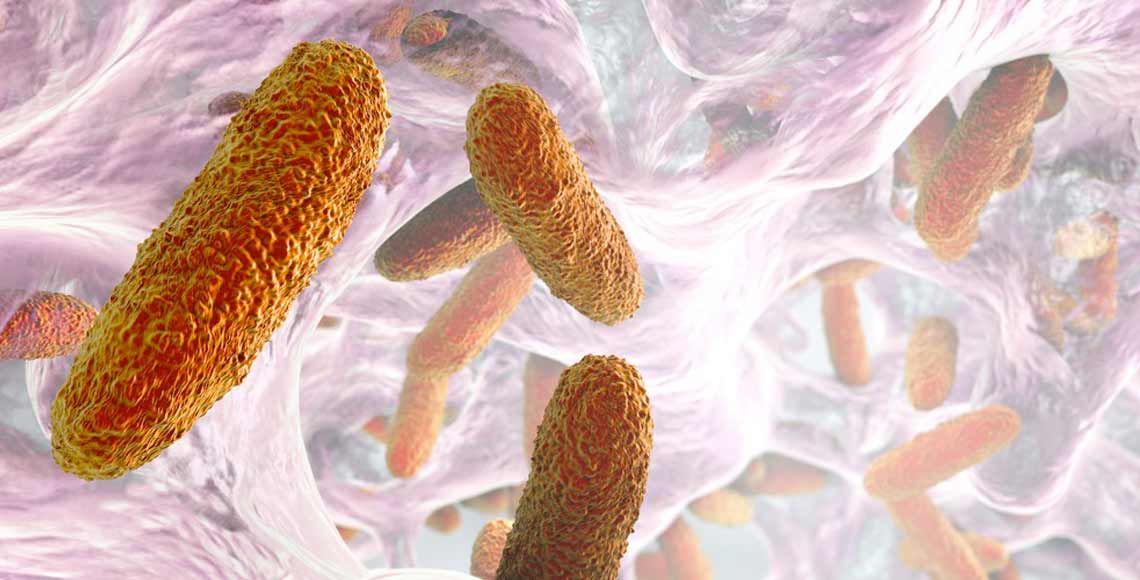
Biofilm – the source of Legionella risk in potable water storage
The risks associated with Legionella in building water systems such as potable water storage tanks, pipe work, water heaters and outlets such as taps and showers, is well documented and understood by many of W.E.T’s clients. What is not generally known is where the risk actually comes from.
A tool developed by the technical team here at W.E.T to help answer this for clients is our ‘What is Legionella’ animated video. This video has answered many of the common questions received by our customer service team, but this only tells half the story.
Following a 2-year Research and Development project on biofilm formation in water storage tanks, W.E.T have learned a great deal about these complex bacteriological structures. Today our technical manager shares his knowledge of biofilms with you.
What is biofilm?
Bacteria naturally occurring within water systems strive to form a biofilm as the ideal condition for surviving and reproducing. Initially, pioneering bacteria attach to surfaces such as water tank walls and pipe work by a sticky outer coating called extracellular-polymeric substance (EPS), their flagella and electrical attachment. Some species are far better at this than others – Pseudomonas.spp are notable for their ability to rapidly form biofilm. The tacky and micro-porous nature of the biofilm makes it easy for other planktonic bacteria to attach and colonise the biofilm matrix.
Simplistically the biofilm is an open sponge like material at microscopic level, with a thickness ranging from a few microns to a few mms or even cms in extreme cases. The porosity of the “sponge” allows ingress of nutrients and mobility of bacteria.
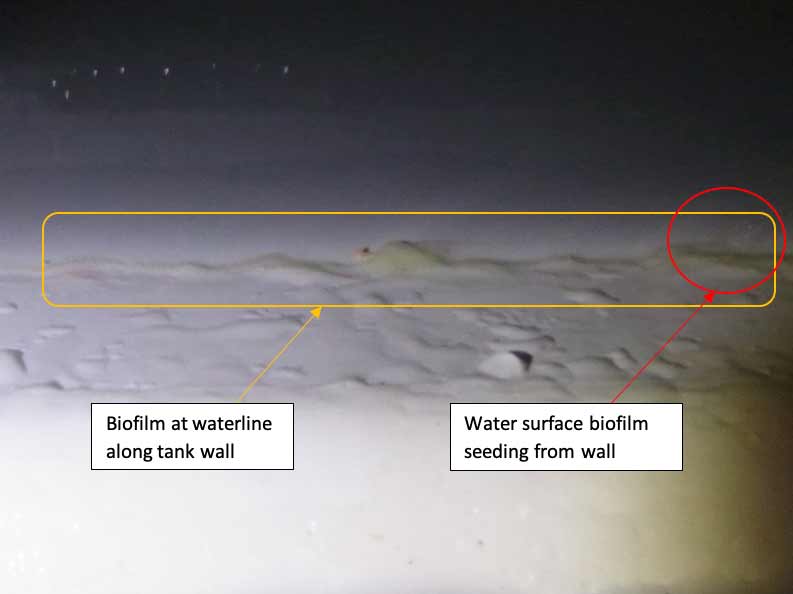
Figure 1 - Thick globular biofilm at TWL of tank
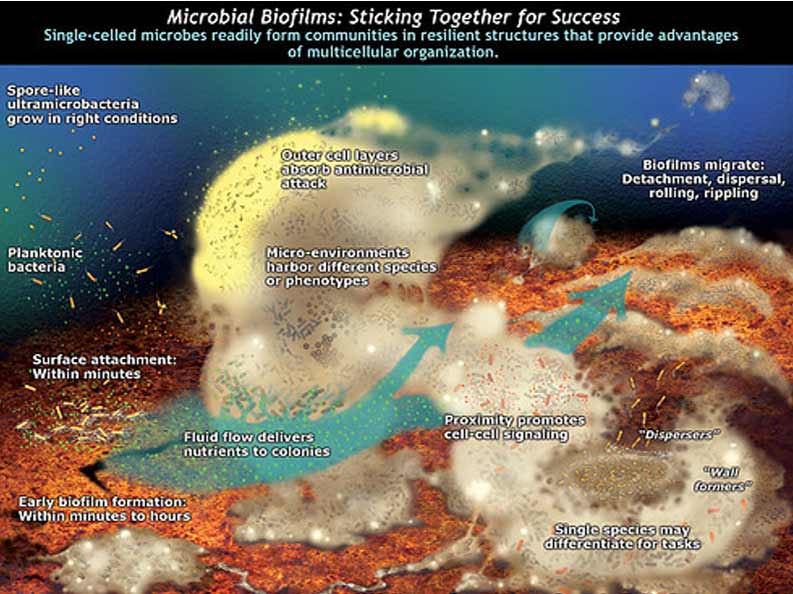
Figure 2 - Graphic of biofilm growth (Source: www.biofilm.montana.edu/resources/images)
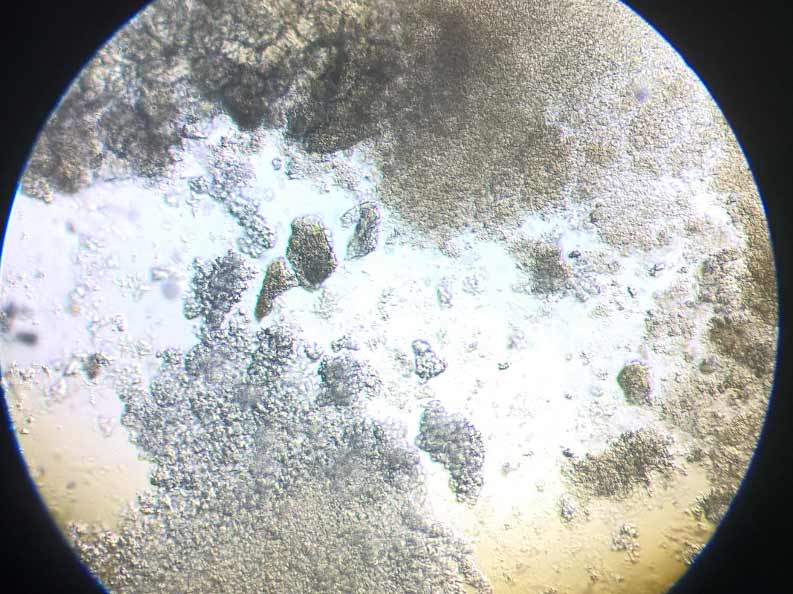
Figure 3 - X150 microscopy of sloughed biofilm
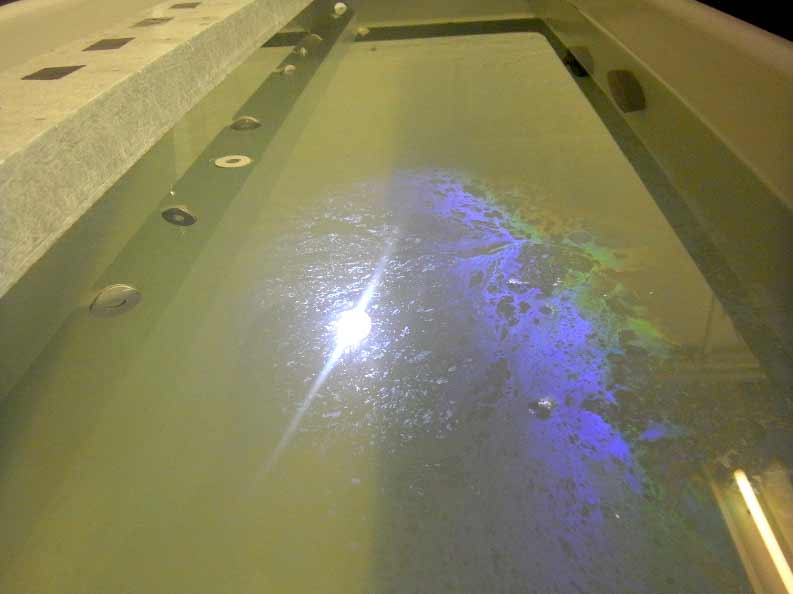
Figure 4 - Pseudomonas.spp air-water interface biofilm
Biofilm is a live, evolving community, with conditions ideal for growth often with co-operative relationships between species. As the bacterial density builds, new bacteria are seeded back into the water, many of which will form fresh biofilm sites.
As the biofilm mass grows it will slough off layers of material. This becomes a floc with a sizeable bacterial population, that can travel around the system until it lodges in a crevice or even washes out of an outlet such as a showerhead.
Where do biofilms form?
In reality, biofilms can form anywhere in a water system such as potable water storage tanks, pipe work and at the outlets, when they are provided with the right conditions.
Biofilms have been found to occur in both low and high water velocity regions and can be found on submerged surfaces and also air-water interfaces such as the surface in a water tank. In our recent water tank trials biofilm was found to grow at a faster rate in high flow areas compared to more stagnant areas.
Biofilm will form preferentially on surfaces with a high microscopic surface area, which can be a relatively rough surface or a surface that is already contaminated with lime scale or other deposits. Sediment on tank floors is also a popular environment for biofilm to establish.
Biofilm will grow on most surfaces; however, certain materials such as copper should deter formation better than synthetic materials. Many species utilise hydrocarbons as nutrients, which can be found in less well cured materials such as fibreglass resin, paints and coatings, gun applied sealants, as well as EPDM rubber.
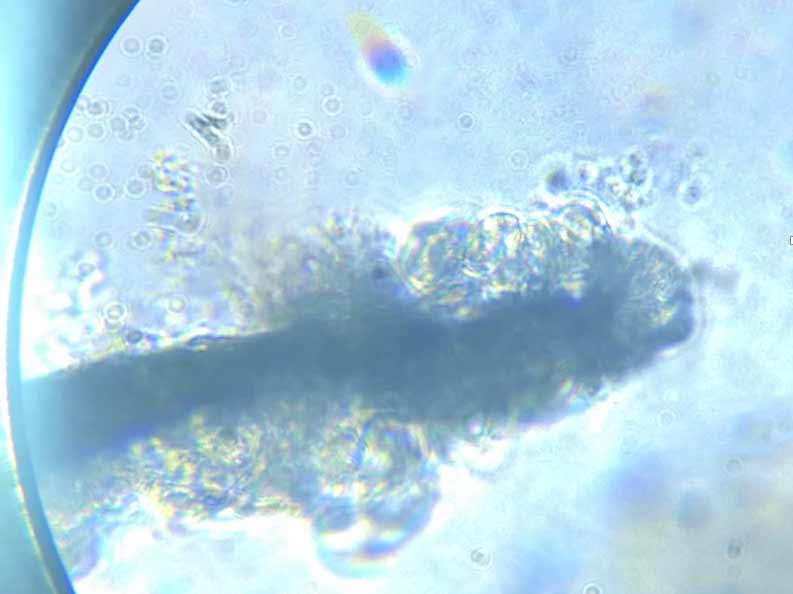
Figure 5 - x1500 of biofilm growing from strand of polyurethane sealant
Inside a biofilm
Biofilms usually have diverse populations, often with semi-symbiotic relationships between species. Legionella for example requires the amino acid cysteine to enable multiplication. This is produced by numerous species including C.Glutanicum and P.Putida found in water supplies.
The nature of biofilm will tend to release bacteria in waves rather than a constant rate, which increases the risk of a person ingesting or inhaling bacteria which is dangerous to health.
Aside from bacteria, a common resident of established biofilms are protozoa. These are also damaging to humans. These are more complex than bacteria but are still single-cell microbes such as amoeba that digest bacteria. There is an established relationship between certain amoeba and the growth of Legionella.
Figure 6 - x600 of wall biofilm with active protozoa
Biofilm can originate from a large number of species, the most notable is Pseudomonas Aeruginosa due to its growth rate and survivability. With some exceptions, Pseudomonas.spp infections are rarely fatal but can be very damaging to health. Medical treatment is problematic as the bacteria is able to develop resistance to antibiotics through rapid mutation.
Preventing biofilm in water systems
Prevention is better than treatment in all cases. Biofilm can be minimised by maintaining good water hygiene by managing safe water temperatures, removing dead ends, regularly cleaning water storage tanks and ensuring a good turnover of water. A reasonable level of residual chlorine provided in mains water is also highly advantageous.
Once a biofilm exists not only does it nurture bacterial growth, it also protects its residents such as Legionella. Bacteria within biofilm are typically circa 1000 times more resistant to chlorine oxidation used during cleaning procedures than in free water. The kill is limited due to a number of factors:
- Some oxidising agents such as chlorine are thought too large to readily pass through the micro-waterways of biofilm to contact the target bacteria.
- Possible insulation of cells by the EPS matrix.
- Biofilms provide a rehabilitation environment to damaged bacteria; cells that would die in open water will restore within biofilm.
- Treatments such as UV will only be effective against bacteria that are downstream and able to flow through them, further a sloughed clump of biofilm will serve to protect all the bacteria within it from the UV radiation.
When challenged with biofilm W.E.T will typically utilise appropriate cleaning treatments such as silver hydrogen peroxide and chlorine dioxide and then work with clients to prevent recurrence.
For more information on biofilms or any aspect of maintaining good water systems, contact us at W.E.T and we will be happy to help you.


